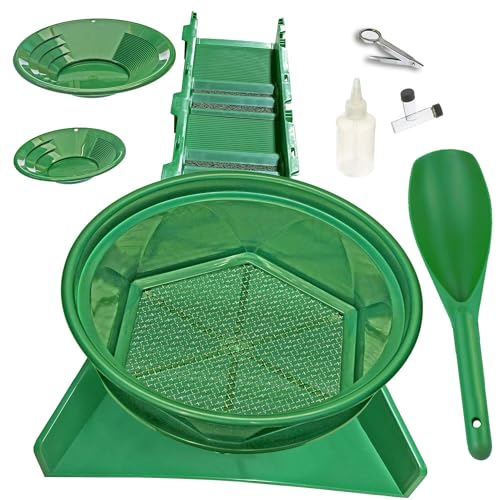So...I am lurking and reading....and researching....
I understand about some geology
So i think gullies around old mine workings are good places to look.
But i often hear it said that gold around quartz reefs is too fine to produce good nuggets....
yet my understanding is the heavier larger gold would stray least far from its source?
Alluvial gold in banks of streams requiring sluices looks small and fine too...
So what kinda things help make gold a good size and shape for detecting?
I have searched the forum a bit before asking this.
many thanks in advance
Steve
I understand about some geology
So i think gullies around old mine workings are good places to look.
But i often hear it said that gold around quartz reefs is too fine to produce good nuggets....
yet my understanding is the heavier larger gold would stray least far from its source?
Alluvial gold in banks of streams requiring sluices looks small and fine too...
So what kinda things help make gold a good size and shape for detecting?
I have searched the forum a bit before asking this.
many thanks in advance
Steve














































